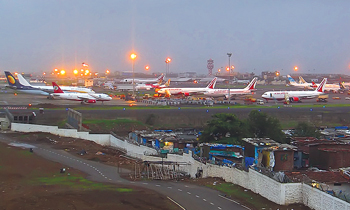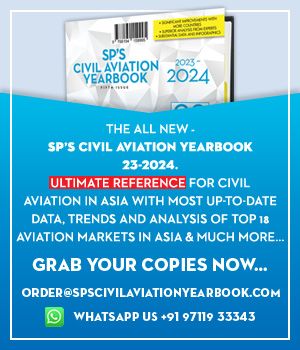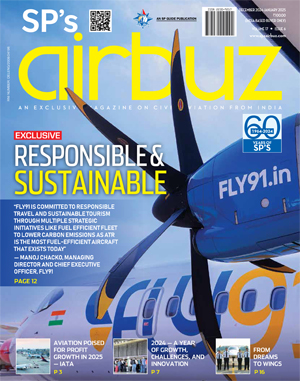Finance - Budget 2008 Hopes Dashed

The railways had a cash surplus of Rs 25,000 crore in the last fiscal year; combined losses of the airlines are expected to touch Rs 2,400 crore this fiscal year. Certainly, there was a case for the aviation industry’s concerns to be addressed sympathetically.
The last year or so has seen tremendous growth in the nation’s aviation industry. Newspaper headlines roared out loud aviation tidbits with regular frequency. In contrast, the media coverage on the aviation aspects of Budget 2008 was a lifeless squeal. Indeed, there was not much to write home about. There was only one sentence in the 187 long-winded paragraphs of the budget speech about aviation. It did not concern the air traveller but the import of helicopter simulators (more of that later). All the aviation industry expectations from the budget remained largely unfulfilled by the Finance Minister’s proposals in his speech.
The Economic Survey had iterated that Profitability of the domestic airline industry is under tremendous pressure as almost all airline operators in the country are reported to be making losses. While the Railways, posing a rejuvenated challenge to the airlines, had a cash surplus of Rs 25,000 crore at the end of the last fiscal year, the combined losses of the airlines are expected to tot up to Rs 2,400 crore this fiscal year. Certainly, there was a case for the aviation industry’s concerns to be addressed sympathetically. Nonetheless, the Finance Minister, in his cautious approach was balancing political pressures with economic ones. As a result, while the rail budget had good news for the rail traveller, the budget has no cause for the air traveller to cheer about. There is little solace in the fact that the President alluded to an unprecedented boom in the civil aviation sector and the speedy increase in passenger and cargo traffic. Let us examine what the budget proposals spell out for the aviation industry.
One of the basic expectations, and indeed clamouring demands, of the industry has been a rationalisation of taxes related to Aviation Turbine Fuel (ATF) so as to bring the fuel cost to international levels and to relieve the airlines and the travellers of an oppressive tax burden on their fuel consumption, which has kept the fuel expenditure at around 40-45 per cent of the total expenditure of airlines. At the moment, there is a tax levied on ATF sales to airlines at anywhere between 4 to 30 per cent depending on which state the fuel is uploaded in. A small fraction of this differential can be countered by tankering - a process which involves uploading of fuel in excess of the quantity required. This is done for the next leg of the journey in case the cost of fuel in the state where the uploading is taking place is cheaper than the fuel cost at the destination. However, the excess fuel an aircraft can carry is limited to its fuel tank capacity and its maximum take-off weight. Moreover, there is a collateral damage - some of that fuel would have to be burnt to fly the extra load of fuel onboard.





